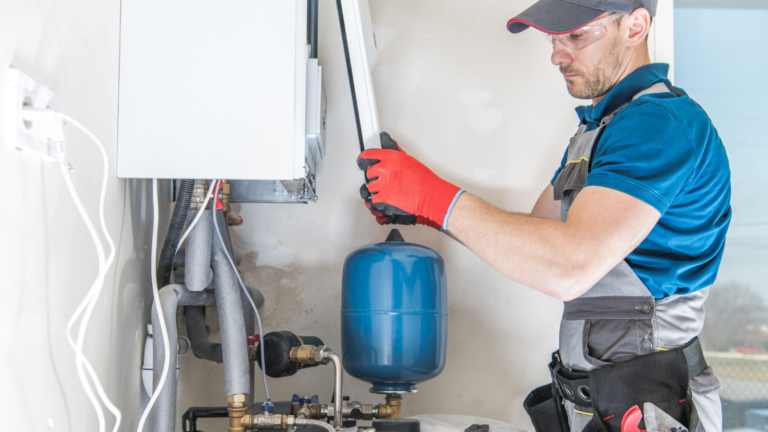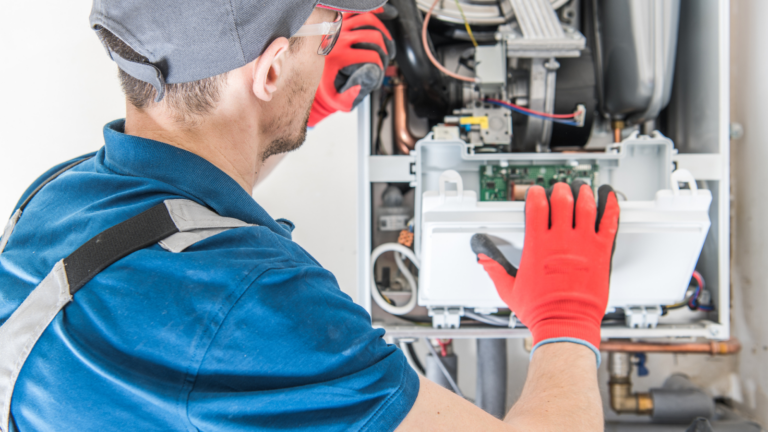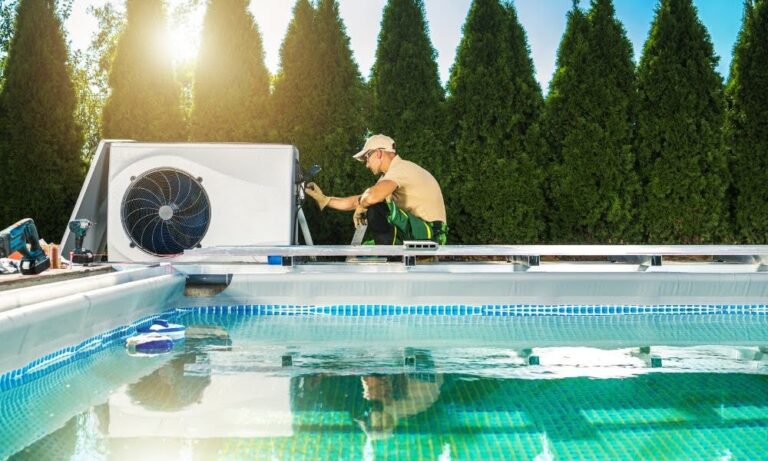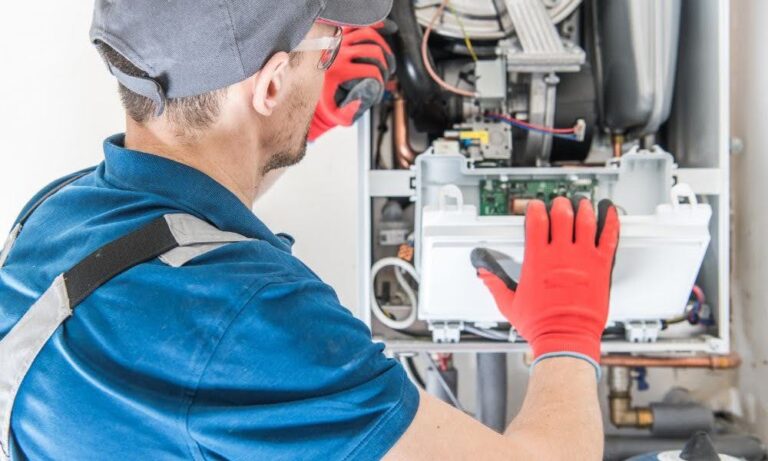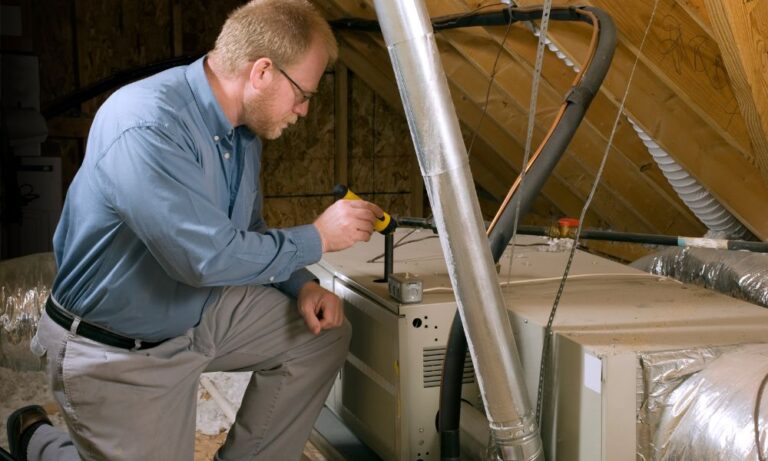Unveiling the Warmth: A Comprehensive Guide on How Much is a New Furnace
When winter’s chill sets in, there’s nothing quite like the warmth of a well-functioning furnace to keep your home cozy and comfortable. If you’re in the market for a new furnace, you might be wondering just how much it will cost you.
A well-functioning furnace is crucial for both your comfort and your wallet. An efficient furnace heats your home effectively and consumes less energy. This translates to lower utility bills and a reduced carbon footprint. It’s not just about staying warm; it’s also about being environmentally responsible and economically savvy. In this comprehensive guide, we’ll delve into the importance of having an efficient furnace and explore the various factors that can influence the cost of a new furnace installation.
Understanding Furnace Types
Furnaces come in various types, each with its own set of advantages and disadvantages. To make the right choice, it’s essential to understand their differences. Let’s explore three common furnace types:
Gas Furnaces
Gas furnaces are a popular choice in many households due to their efficiency and relatively low operating costs. They run on natural gas or propane and can heat your home quickly. However, the upfront installation cost may be higher than other options.
Electric Furnaces
Electric furnaces are known for their simplicity and reliability. They are easy to install and have lower upfront costs. However, they tend to be less energy-efficient than gas furnaces, resulting in higher long-term operating expenses.
Oil Furnaces
Oil furnaces use heating oil to generate warmth. They are efficient and can heat a home evenly. However, they may require more maintenance and fuel costs higher than gas or electric furnaces.
Key Components Affecting Cost
Now that you have a grasp of furnace types let’s explore the key components that can significantly impact the cost of a new furnace:
Heat Output Capacity
The size of the furnace you need depends on the square footage of your home and your climate. An undersized furnace will struggle to keep your home warm, while an oversized one will waste energy. Finding the right balance is crucial for efficiency and cost-effectiveness.
Energy Efficiency Ratings
Furnaces have energy efficiency ratings, such as the Annual Fuel Utilization Efficiency (AFUE) for gas furnaces or the Heating Seasonal Performance Factor (HSPF) for heat pumps. Higher ratings typically mean higher upfront costs but lower long-term operating expenses.
Brand and Model Considerations
The brand and model of your chosen furnace can also impact the cost. Established brands with a reputation for quality tend to have higher prices. However, they often come with better warranties and customer support, providing peace of mind for the long term.
Exploring Installation Costs
The cost of a new furnace doesn’t stop at the purchase price. Installation expenses can make a significant difference in your overall investment.
While some homeowners may be tempted to save money by installing their furnace, it’s important to note that furnace installation is a complex process that requires expertise. Professional installation ensures that your furnace operates safely and efficiently, reducing the risk of malfunctions or safety hazards. DIY installation may seem cost-effective initially, but it can lead to costly repairs and decreased efficiency.
Moreover, installation costs can vary depending on your location and the complexity of the installation. Factors such as local building codes, permit requirements, and the accessibility of your furnace location can impact the overall cost. It’s essential to get quotes from local HVAC professionals to understand the specific installation expenses in your area.
In addition to the core installation, additional costs may be considered, such as ductwork modifications, ventilation adjustments, or installing a thermostat or air purification system. These extras can add to the total installation cost, so factoring them into your budget is important.
Financial Assistance Options
Understanding the installation costs is one step, but it’s equally crucial to explore financial assistance options that can help offset some of the expenses associated with a new furnace. Here are some avenues to consider:
Rebates and Tax Credits
Many governments and utility companies offer rebates and tax credits for homeowners who install energy-efficient furnaces. These incentives can significantly reduce your upfront costs and provide long-term savings. Be sure to research the available programs in your area and take advantage of them.
Financing and Payment Plans
If the upfront cost of a new furnace installation is a concern, you can explore financing options or payment plans offered by HVAC companies. These plans allow you to spread the cost over time, making it more manageable for your budget.
Energy-Efficiency Grants
Some organizations and nonprofits offer grants to homeowners looking to upgrade to more energy-efficient heating systems. These grants can help cover some of the installation costs, making investing in a high-efficiency furnace more affordable.
Evaluating Long-Term Energy Savings
As you decide about your new furnace, it’s essential to consider the long-term energy savings your investment can provide.
Higher-efficiency furnaces may come with a higher upfront cost, but they typically use less energy, leading to reduced utility bills over the years. Consider the potential energy savings when weighing your options. Calculate the potential savings based on your current energy consumption and the expected efficiency of the new furnace to determine your long-term financial benefits.
Additionally, perform a return on investment (ROI) analysis to understand how long it will take for your furnace investment to pay for itself through energy savings. This analysis will help you decide on the best furnace for your home and budget.
Furnace Maintenance Costs
Once your new furnace is installed, it’s crucial to consider ongoing maintenance to keep it running efficiently and extend its lifespan. Regular furnace maintenance is an investment that pays off in the long run. It can identify and address minor issues before they become costly repairs, saving you money.
While some maintenance tasks can be performed by homeowners, such as changing air filters and keeping the area around the furnace clean, many aspects of furnace maintenance require professional expertise. Professional technicians have the training and tools to inspect thoroughly, clean components, and make necessary adjustments. Attempting complex maintenance tasks yourself can lead to costly mistakes or voided warranties.
The cost of annual furnace servicing can vary depending on your location and the service provider. It typically includes a thorough inspection, cleaning, and minor adjustments to keep the furnace in top condition. While there is an upfront cost, energy savings, and extended furnace lifespan benefits often outweigh the expense.
Professional Consultations and Quotes
When it comes to maintaining or repairing your furnace, consulting with professionals is essential. Here’s what you need to know about obtaining professional consultations and quotes:
Importance of Multiple Quotes
Before committing to furnace maintenance or repairs, it’s wise to seek multiple quotes from different HVAC professionals. This allows you to compare pricing, services offered, and each provider’s reputation. Gathering multiple quotes ensures you make an informed decision and avoid overpaying for services.
Questions to Ask Furnace Professionals
When consulting with furnace professionals, be prepared with a list of questions to ensure you understand the scope of the work and the associated costs. Ask about the specific services they provide, the parts they may need to replace, and whether any warranties or guarantees are included in their services.
Avoiding Hidden Costs
To prevent unexpected expenses, inquire about any potential hidden costs that may arise during furnace maintenance or repairs. Clarify if there are additional charges for emergency services, replacement parts, or any unforeseen complications that may occur during the job. A transparent discussion will help you budget appropriately.
Summary of Key Considerations
Balancing your budget with the desire for an energy-efficient furnace is crucial to the decision-making process. While high-efficiency furnaces may have a higher upfront cost, they often lead to long-term savings through reduced energy consumption. Careful consideration of your budget and potential energy savings is key to achieving the right balance.
A new furnace is a source of warmth and comfort and a significant investment in your home’s efficiency and long-term financial well-being. By taking the time to research and understand the factors that influence furnace costs and maintenance, you can make wise choices that keep you warm, save you money, and contribute to a sustainable future. So, when it’s time to replace or maintain your furnace, remember the valuable insights provided in this guide to make your journey toward a cozy, cost-effective home successful.


